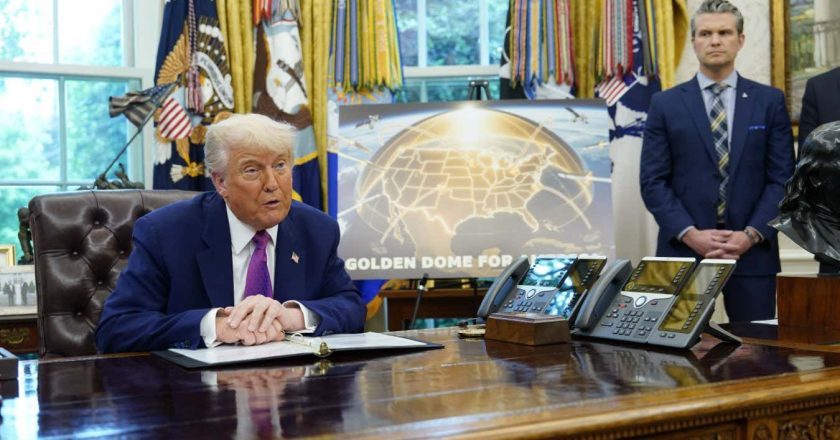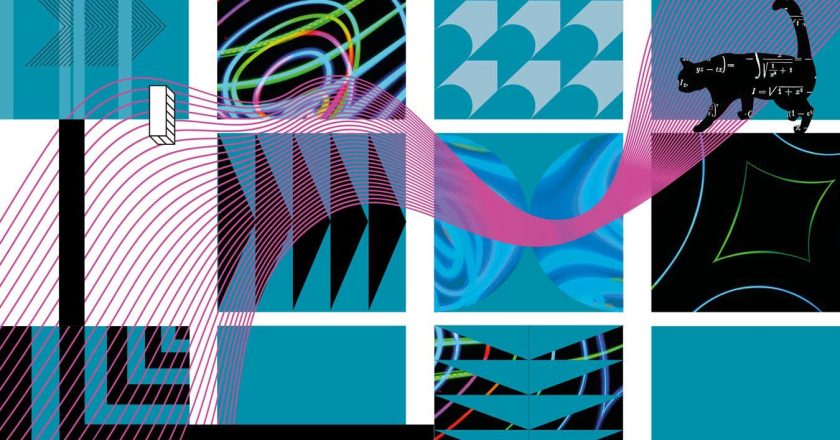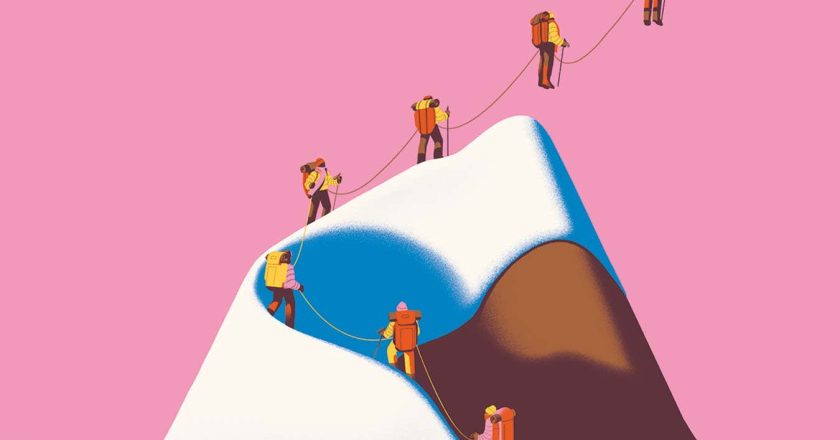Gen Z Leads the Call for Conservation With TreeTalks – State of the Planet
An old dense spruce forest in Holma, Sweden. Credit: W.carter, CC0, via Wikimedia Commons
Last month, Amanda Biscoe and Pamela Treviño hosted TreeTalks, a film screening and panel discussion focused on rainforest conservation and the role of young people in shaping its future. Through their work as co-directors of Gen Z for the Trees, a program within the Rainforest Partnership, Biscoe and Treviño created the event to bridge generational gaps in conservation and build hope amid growing climate anxiety. Both Biscoe and Treviño are students in the Master of Public Administration in Environmental Science and Policy (MPA-ESP) program, which is offered by Columbia’s School of International and Public Affairs in partnership with the Columbia Climate School.
They opened the evening with two...




